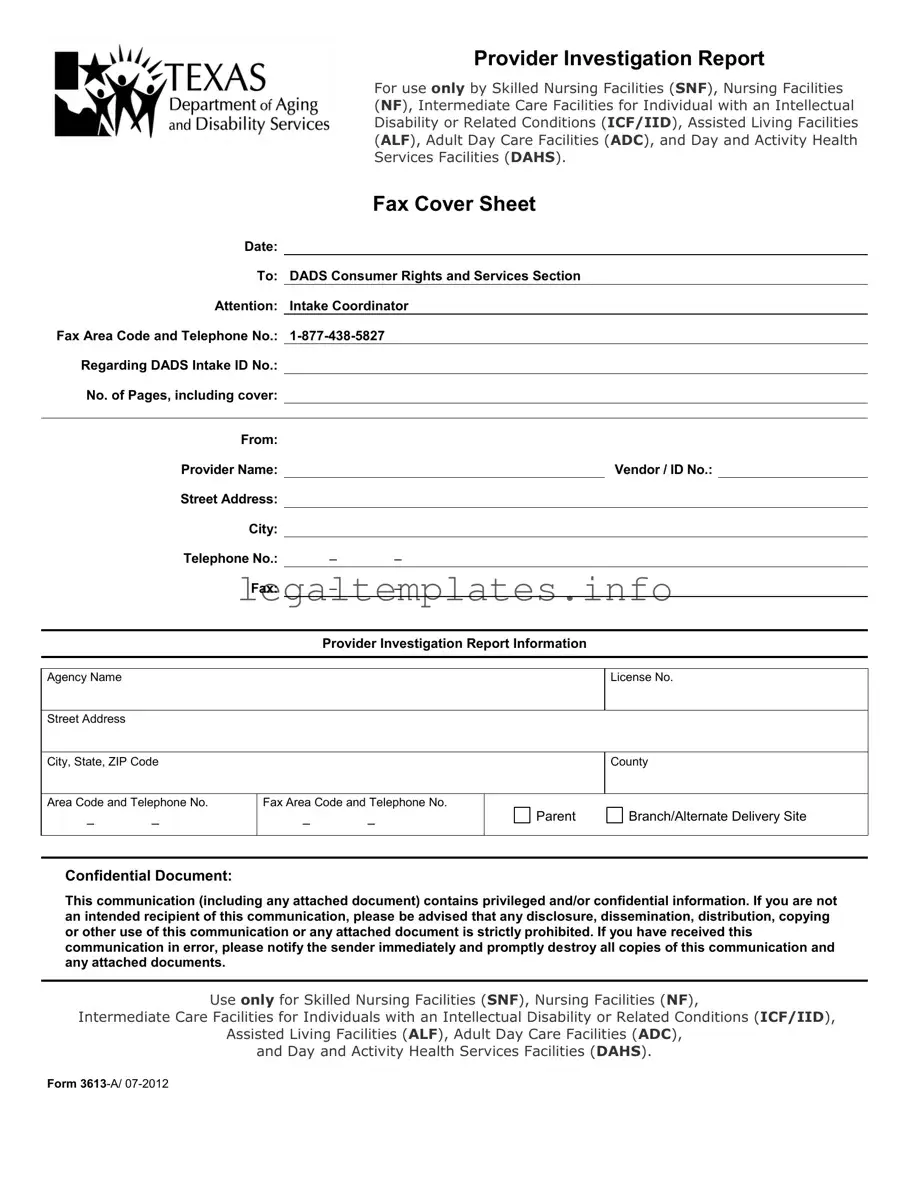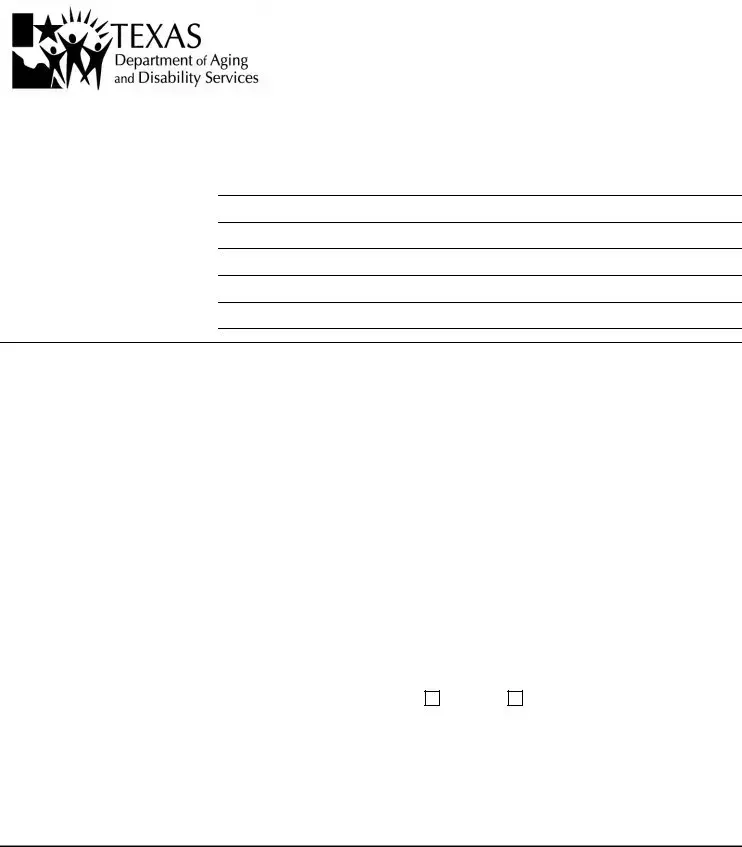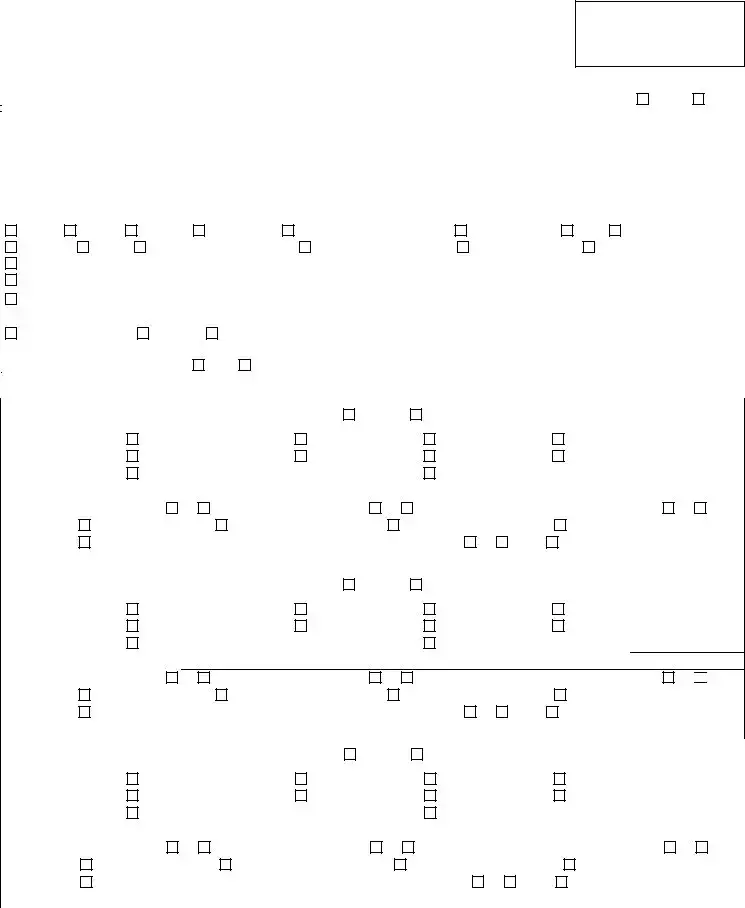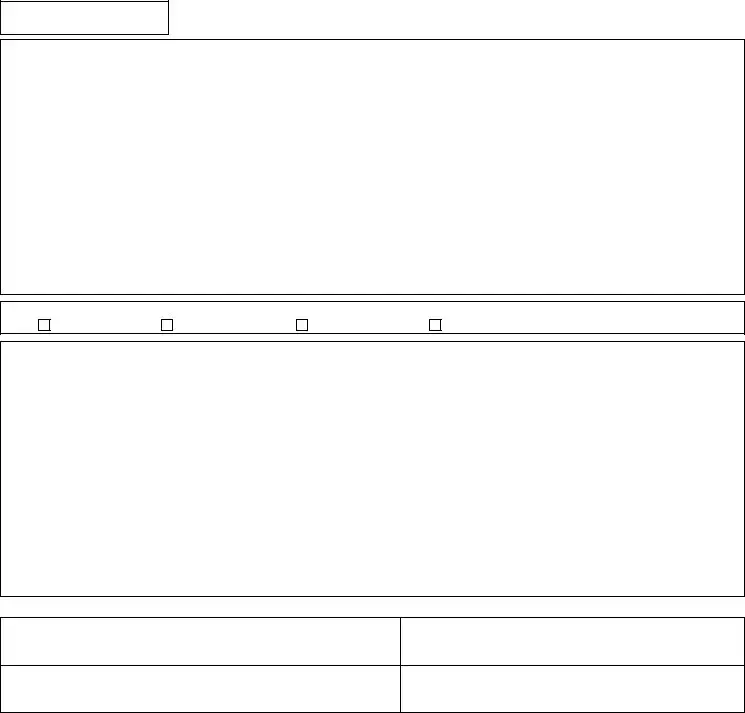What is the Form 3613-A used for?
Form 3613-A, also known as the Provider Investigation Report, is a document specifically designed for use by various types of care facilities, including Skilled Nursing Facilities (SNF), Nursing Facilities (NF), Intermediate Care Facilities for Individuals with an Intellectual Disability or Related Conditions (ICF/IID), Assisted Living Facilities (ALF), Adult Day Care Facilities (ADC), and Day and Activity Health Services Facilities (DAHS). This form is utilized to report and document investigations related to incidents such as abuse, neglect, exploitation, and other critical events affecting the welfare of residents or individuals in these facilities. The purpose is to ensure a systematic approach to handling such incidents, facilitating communication with the Department of Aging and Disability Services (DADS), and promoting the safety and rights of individuals under their care.
How and where should the Form 3613-A be submitted?
The completed Form 3613-A should be submitted either via fax or mail. To fax the report, use the toll-free number 1-877-438-5827. If mailing is preferred, the form should be sent to the Texas Department of Aging and Disability Services, Consumer Rights and Services Section, E-249, P.O. Box 149030, Austin, TX 78714-9030. It's important to note that if the form is faxed, there's no need to mail it.
What information is required on the Form 3613-A?
The form requires detailed information about the reporting facility, including agency name, license number, address, and contact details. Additionally, it mandates specifics about the incident, such as the category (e.g., death, abuse, neglect), who made the allegation, when and where the incident occurred, and detailed information about the individuals or residents involved, including the alleged victim(s) or aggressor(s). Information about the alleged perpetrator, description of the allegation, any injuries or adverse effects, and the provider's response to the incident is also necessary.
In case of an error in reporting, how should corrections be submitted?
If a mistake is made in the original submission of Form 3613-A, the provider should promptly notify the appropriate contacts at the Department of Aging and Disability Services (DADS). Depending on the nature of the error, the department may accept corrected information over the phone, or they may require a revised form to be submitted with an indication that it supersedes the original report. Clear communication with the department will ensure the correct handling of the updated information.
Who should complete the Form 3613-A?
This form should be completed by an authorized representative of the facility where the incident occurred or was discovered. Typically, this responsibility falls to individuals in roles such as administrators, directors of nursing, or other management-level staff who have been delegated the authority to handle such reports. It's crucial that the person filling out the form has access to all necessary information and understands the details of the incident to ensure accurate and comprehensive reporting.
Is the Form 3613-A considered a confidential document?
Yes, the Form 3613-A is considered a confidential document. It contains sensitive information about individuals and incidents that may involve legal and privacy issues. The form itself explicitly states that the communication, including any attached document, contains privileged and/or confidential information. Unauthorized disclosure, dissemination, distribution, copying, or other use of this form and any attached documents is strictly prohibited.
What should be done if the Form 3613-A is received by mistake?
If you receive Form 3613-A and you are not the intended recipient, you must take several steps to comply with confidentiality requirements. Immediately notify the sender of the error, refrain from disclosing any of the information contained within the document, and promptly destroy all copies of the form and any attached documentation. Taking these actions helps protect the privacy and rights of the individuals involved and ensures compliance with regulatory standards.




 N
N
